- Home
- TV History
- Network Studios History
- Cameras
- Archives
- Viewseum
- About / Comments
Skip to content
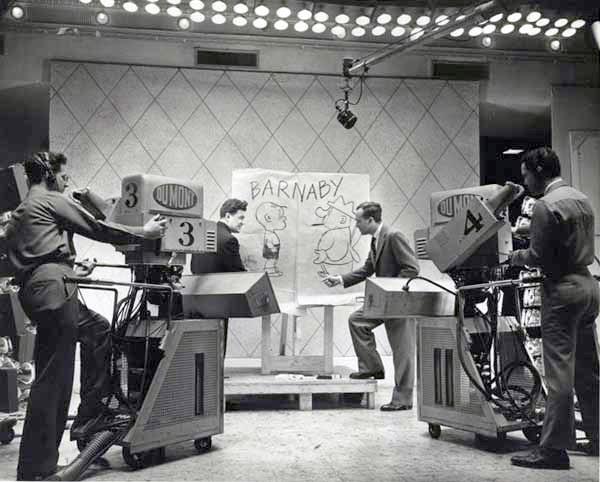

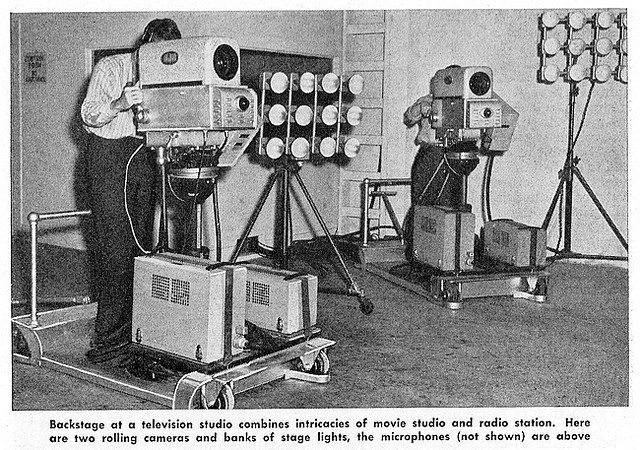



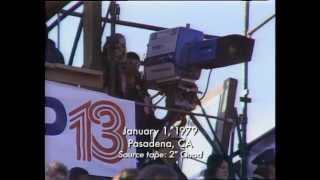

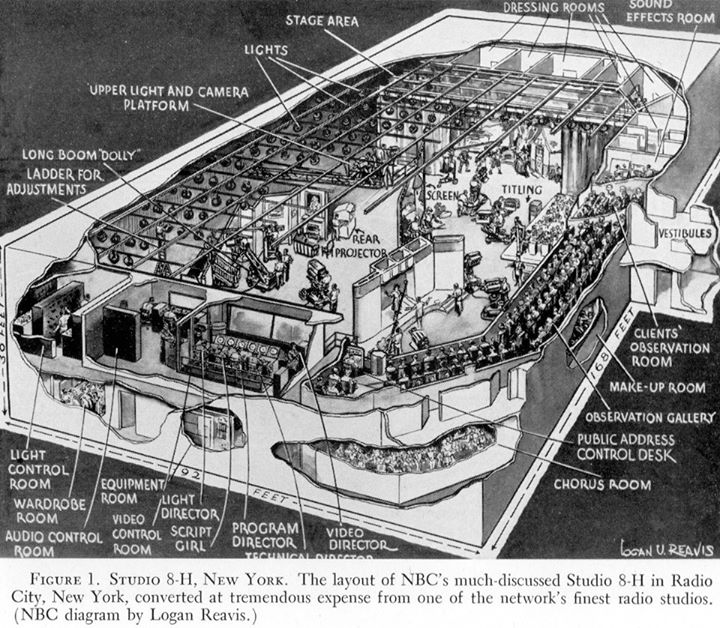

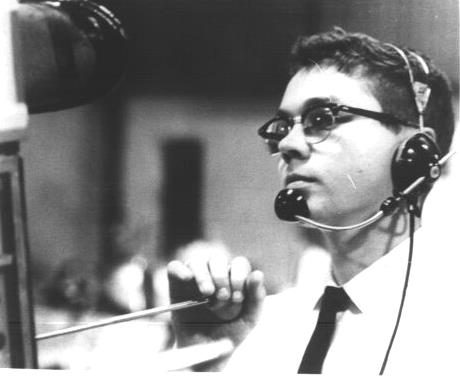

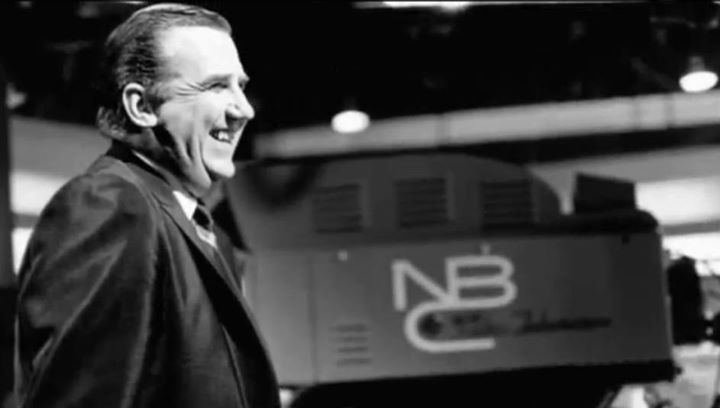

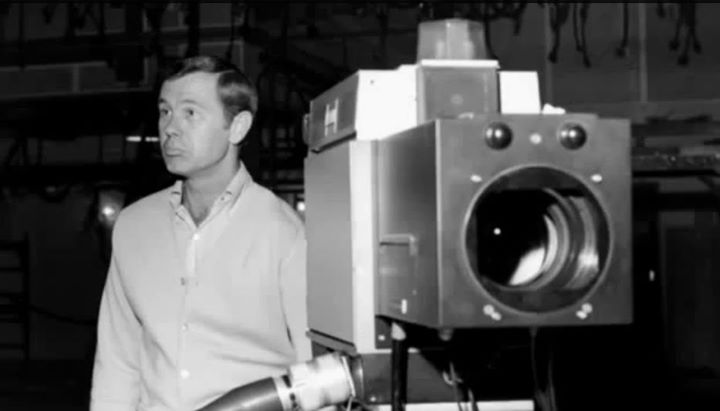



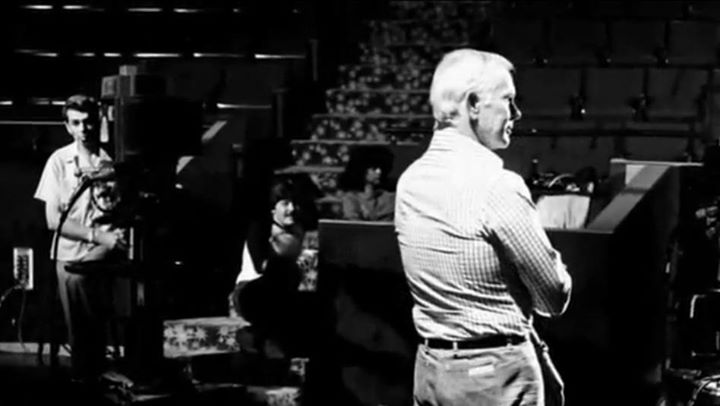

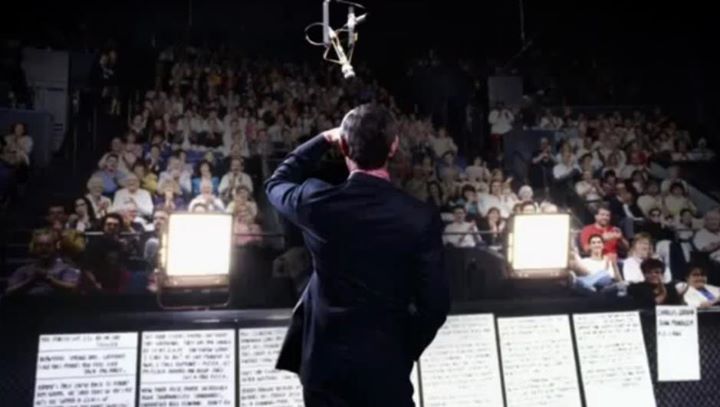

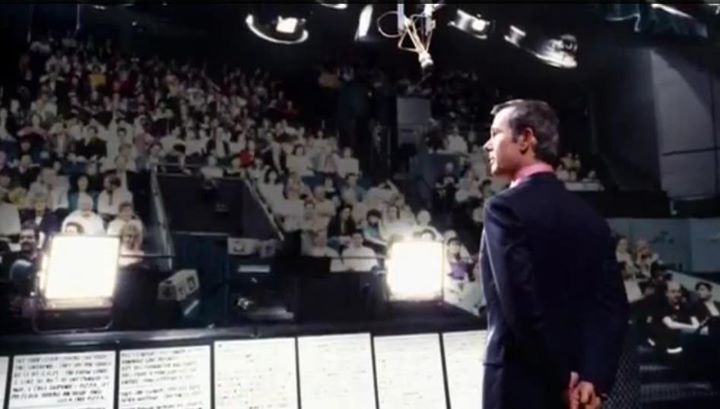

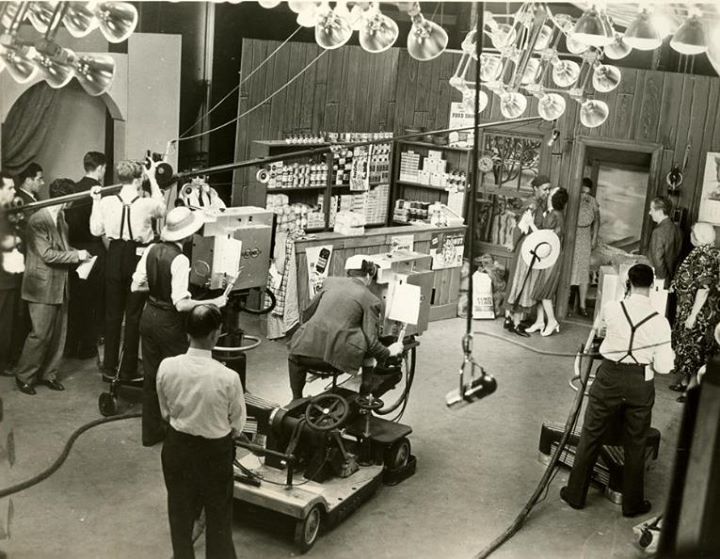

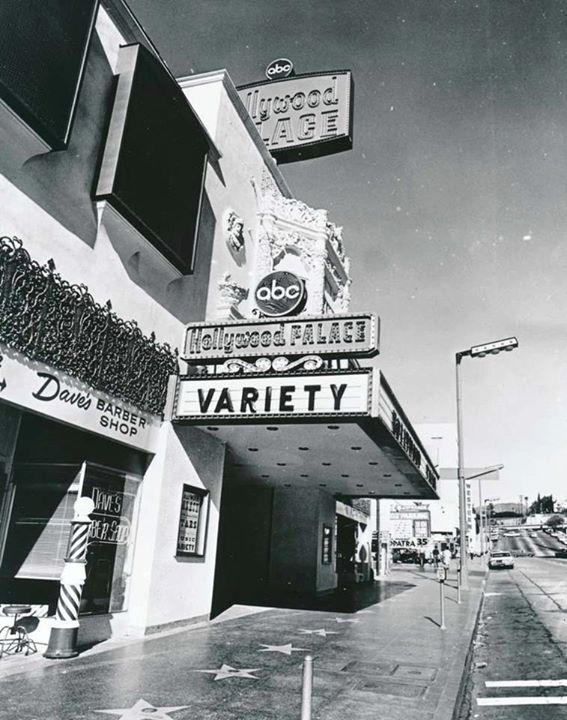

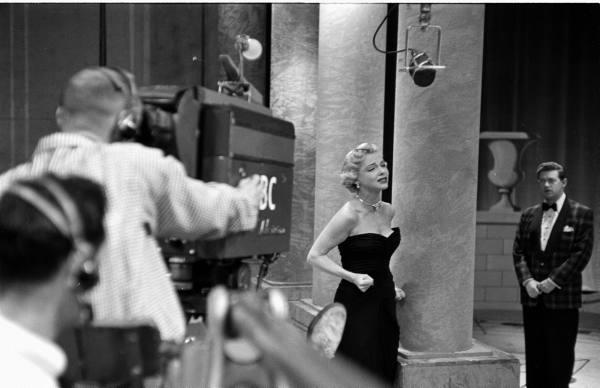

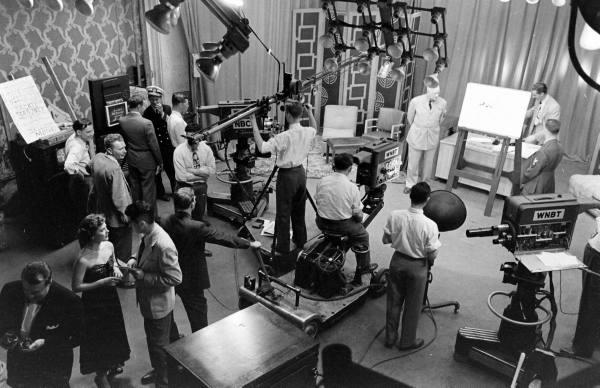



Posts in Category: TV History
Page 125 of 136
« Previous
1
2
3
4
5
6
7
8
9
10
11
12
13
14
15
16
17
18
19
20
21
22
23
24
25
26
27
28
29
30
31
32
33
34
35
36
37
38
39
40
41
42
43
44
45
46
47
48
49
50
51
52
53
54
55
56
57
58
59
60
61
62
63
64
65
66
67
68
69
70
71
72
73
74
75
76
77
78
79
80
81
82
83
84
85
86
87
88
89
90
91
92
93
94
95
96
97
98
99
100
101
102
103
104
105
106
107
108
109
110
111
112
113
114
115
116
117
118
119
120
121
122
123
124
125
126
127
128
129
130
131
132
133
134
135
136
Next » Macy’s Thanksgiving Parade: 1939, In Color Film
On November 22, 2012
- TV History
Macy’s Thanksgiving Parade: 1939, In Color
Very nostalgic home movie footage with lots of recognizable characters.
Found 8mm footage of the 1939 Macy’s Thanksgiving Day Parade. Floats and balloons featuring: Pinocchio, Donald Duck, The Tin Man, The Scarecrow, Old King Col…
Early Dumont Cameras: Configuration 1
On November 20, 2012
- TV History
Early Dumont Cameras: Configuration 1
This 1947 photo was probably taken in New York at WABD. The pedestals are made by Dumont and have custom housing for the on-board power supply and camera control unit…notice the huge exhaust tube at the feet of the cameraman on the left. This had to be awkward, especially with that scoop light box on the front. As I understand, there is a crank wheel on the front of the pedestal to raise and lower the camera. Looks like castor wheels on the front and fixed axle wheels in the back with double dolly handle. Nice shot. I think only one of these cameras (from WWJ in Detroit) survives in a back room at the Henry Ford Museum.
Early Dumont Cameras: Configuration 2
On November 20, 2012
- TV History
Early Dumont Cameras: Configuration 2
Unlike the RCA cameras, the Dumont Iconoscope cameras had electronic viewfinders which were side mounted. This called for more equipment at the camera and this is one configuration of how that was done. I suspect the larger box is the camera control unit and the smaller one, the power supply. These are mounted on simple rolling dollies with rear steering. The cameramen have their hand on the focus lever. These were probably 50 or 75mm lenses. Dumont was the only one to use the ball type pan heads. This photo was probably taken in Washington in the summer of 1945.
On May 19, 1945, DuMont opened experimental W3XWT in Washington, D.C. In 1947, W3XWT became WTTG.
KTLA: First In The West
On November 19, 2012
- TV History
KTLA: First In The West
Originally owned by Paramount Pictures subsidiary Television Productions, Inc., and located on the Paramount Studios lot, the station was licensed by the Federal Communications Commission in 1939 as experimental station W6XYZ, on channel 4, but did not go on the air until September 1942. Klaus Landsberg (below left), already an accomplished television pioneer at the age of 26, was the original station manager and engineer. On January 22, 1947, it was licensed for commercial broadcast as KTLA on channel 5, becoming the first commercial television station in Los Angeles, the first to broadcast west of the Mississippi River, and the seventh in the United States. Estimates of television sets in the Los Angeles area at the time ranged from 350 to 600.
KTLA originally carried programming from Paramount’s partner, DuMont, but discontinued the practice after the 1947-48 season. Despite this, the FCC still considered KTLA and sister station WBKB (now WBBM-TV) in Chicago to be DuMont owned-and-operated stations because Paramount held a minority stake in DuMont. As a result, the agency would not allow DuMont to buy additional VHF stations—a problem that would later play a large role in the failure of the DuMont network, whose programming was splintered among other Los Angeles stations until the network’s demise in 1956.
Paramount even launched a short-lived “Paramount Television Network” in 1948, with KTLA and WBKB as its flagship stations. The programming service never gelled into a true television network, but during KTLA’s early years, the station produced over a dozen series seen in syndication in many parts of the U.S. Among these series were Armchair Detective, Bandstand Revue, Dixie Showboat, Frosty Frolics, Hollywood Reel, Hollywood Wrestling, Latin Cruise, Movietown, RSVP, Olympic Wrestling, Sandy Dreams, and Time for Beany.


KCOP Covering 1979 Rose Parade
On November 19, 2012
- TV History
Meet The KCOP Crew!
Thanks to David Crosthwait at DC Video in LA, we have this great clip of the 1979 Rose Bowl Parade coverage on KCOP. You’ll see David running the tape machines, and meet the whole crew with their Norelco PC 70s and PCP 90s. Thanks to Troy Walters in Australia for the post.
KCOP coverage of the 1979 Tournament of Roses Parade. This is a short clip featuring the technical facilities used to get the show on the air. This excerpt w…
NBC Studio 8H: Pre Construction Artist Rendering
On November 18, 2012
- TV History
NBC Studio 8H: Pre Construction Artist Rendering
In 1950, NBC converted 8H from the world’s largest radio studio to a state of the art television studio. This is a beautifully detailed drawing of the layout. Thanks to William David French for the image.
Thy Rod And Thy Staff…Now for a very ‘inside television’ moment.
On November 16, 2012
- TV History
Thy Rod And Thy Staff…
Now for a very ‘inside television’ moment. What’s important about this simple photo? The Zoomar demand rod, that’s what.
The Zoomar lenses were remarkably sturdy and dependable, but there was a slight Achilles heel. The zoom and focus demand rod.
In a studio environment, every thing was great because they never came out of the camera, but for remote cameras and network crews, it was a different story. The rods were made out of aluminum and bent easily and once bent, were hard to get perfectly straight again. Experienced network cameramen knew this and some carried their own rod on the road. The smart ones got to set up early and rolled the rods on the floor to see which ones were straight. Bent rods could hang and chatter. There are a few good puns I could have added here, but…
A Teaching Moment
On November 15, 2012
- TV History
A Teaching Moment
Here in Studio 6B is Ed McMahon with an RCA TK41 behind him. Notice the angled box addition. It’s on top, front of the camera just in front of the viewfinder and above the lens turret. Know what that is?
It’s quite an ingenious sound baffle. Most likely a creation of the late Fred Himelfarb, NBC and RCA’s TK41 guru, the hollow box sits atop the high voltage door and the main cooling fan. At the network level, any camera has to be ready for use in any position, including stage crane mounting. You’ll remember, most of the sound in these days was picked up by boom mics, and when the boom is over a camera, or the crane camera gets close to the boom mic, it hears sounds that you won’t necessarily hear if you are at floor level. This sheet metal creation was placed on a lot of the NBC NY cameras and deflects the fan exhaust and sound back away from the boom mics. Now you know what those little gizmos are.
The Arrival Of The RCA TK44s In NBC Studio 6B
On November 15, 2012
- TV History
The Arrival Of The RCA TK44s In 6B
This photo is probably from mid to late 1971. That’s when The Tonight Show gave up it’s TK41s for the TK44s. All the other studios had already converted, but Johnny and Fred De Cordova liked the TK41’s warmth. Most other studios probably had the TK44As, but I suspect Carson held out for the much better 44B which debuted in early 71. When they moved to Burbank, Studio 1 had TK44s but I can tell this is a Studio 6B camera because there is no top viewfinder fan. All NBC Burbank TK44s used in the studio had the extra exhaust fan installed on top when they arrived because a heat build up in the viewfinders caused the CRT tube to stop working. Network cameras are in use a lot more hours than cameras at local stations and overtime, overheat.
The Best Seat In The House
On November 15, 2012
- TV History
The Best Seat In The House
This is about as good as it gets for those of us who wondered what Johnny saw from this desk. This is probably late 1971 or early 72, just before the move to Burbank.
The Final Night & Johnny’s Last Monologue
On November 14, 2012
- TV History
The Final Night & Johnny’s Last Monologue
This video is a behind the scenes look at the last show, May 22, 1992. Below is the text of Johnny’s last monologue.
“Around the studio, we are still on an emotional high from last night; we have not come down yet. I want to thank Robin Williams and Bette Midler for last night, for giving us an excellent show. They were absolutely sensational.
The show tonight is our farewell show; it’s going to be a little bit quieter. It’s not going to be a performance show. One of the questions people have been asking me, especially this last month, is, “What’s it like doing ‘The Tonight Show,’ and what does it mean to me?”
Well, let me try to explain it. If I could magically, somehow, that tape you just saw, make it run backwards. I would like to do the whole thing over again. It’s been a hell of a lot of fun. As an entertainer, it has been the great experience of my life, and I cannot imagine finding something in television after I leave tonight that would give me as much joy and pleasure, and such a sense of exhilaration, as this show has given me. It’s just hard to explain.
Now it’s a farewell show. There’s a certain sadness among the staff, a little melancholy. But look on the bright side: you won’t have to read or hear one more story about my leaving this show.
The press coverage has been absolutely tremendous, and we are very grateful. But my God, the Soviet Union’s end did not get this kind of publicity. The press has been very decent and honest with me, and I thank them for that . . . That’s about it.
The greatest accolade I think I received: G.E. named me “Employee of the Month.” And God knows that was a dream come true.
I don’t like saying goodbye. Farewells are a little awkward, and I really thought about this — no joke — wouldn’t it be funny, instead of showing up tonight, putting on a rerun? NBC did not find that funny at all.
Next question I get is what am I gonna do? Well, I have not really made any plans. But the events of this last week have helped me make a decision. I am going to join the cast of Murphy Brown, and become a surrogate father to that kid.
During the run on the show there have been seven United States Presidents, and thankfully for comedy there have been eight Vice Presidents of the United States. Now I know I have made some jokes at the expense of Dan Quayle, but I really want to thank him tonight for making my final week so fruitful.”
Now THIS is what it means to be in show business!
Welcome To ‘Beautiful Downtown Burbank’
On November 14, 2012
- TV History
Welcome To ‘Beautiful Downtown Burbank’
This is the start of ‘The Tonight Show’ in Studio 1 in Burbank. The move from New York was in May of 1972 and reruns filled the gap. I think this photo is from the week prior to air as the cast and crew began a few days of rehearsal and blocking. Starting in July of ’71, guest hosts were used on Monday nights but the show was still 90 minutes long when the move occurred. Taping was at 5:30 and usually ended at 7 if there were no problems.
Almost Show Time
On November 14, 2012
- TV History
Almost Show Time
During warm up, Johnny takes a look at the audience. It doesn’t look like it, but there are 465 seats here in Studio 1.
By the mid-1970s Tonight was the most profitable show on television, making NBC $50 to $60 million ($178,163,000 to $213,796,000 today) each year. Carson influenced the scheduling of reruns (which typically aired under the title The Best of Carson) in the mid-1970s. In order to work fewer days each week Carson began to petition network executives in 1974 that reruns on the weekends be discontinued, in favor of showing them on one or more nights during the week. In response to his demands, NBC began planning a new comedy/variety series to feed to affiliates on Saturday nights that debuted in October 1975 and is still airing today: Saturday Night Live. Five years later, Carson renewed his contract with the stipulation that the show lose its last half hour; Tom Snyder’s Tomorrow expanded to 90 minutes in order to fill the resulting schedule gap. Although a year and a half later, Tomorrow gave way to the hour-long Late Night with David Letterman (1982–1993), The Tonight Show remains one hour in length.
Follow The Eyes
On November 14, 2012
- TV History
Follow The Eyes
In Johnny’s monologues, it was always interesting to me to watch his eyes move. This shot is during the warm up, but when the show started, a camera would be shooting him head on and was positioned with the lens in the center of the Q card board. During laughs and applause, you could see Johnny look at the board getting ready for his next line or two. When you saw him look to his lower right, that was a good indication that the end of the monologue was near and a stop set was just ahead.
Fascinating NBC Studio 3H Photo, 1939
On November 12, 2012
- TV History
Fascinating Photo
1939, NBC presents “Mamba’s Daughters” staring Ethel Waters, seen here in the head scarf. The play is running on Broadway and is similar to the movie ‘The Help’, which is pretty interesting television fare for the time. The cameras are Iconoscopes and the cameramen are ‘interesting’. On the left, one is wearing a pith helmet, the one in the center has a handkerchief taped to the viewfinder and draped over his head and the guy on the right has some nice suspenders. With as many jackets as I see, the AC must be working given the immense banks of flood lights. Interestingly, not many shadows to be seen.
Insider’s History of The Hollywood Palace
On November 12, 2012
- TV History
Insider’s History of The Hollywood Palace
Thanks to ABC Hollywood veteran Don McCroskey, here’s a look behind the curtain of a place many of us remember as The Hollywood Palace.
ABC started doing shows from what was then called the El Capitan theater in the fall of 1957 using equipment installed by NBC in 1950 to do musical-variety shows such as Martin & Lewis. The Frank Sinatra and Guy Mitchell shows were done from there for only one season. In the Summer of 1963, the theater was reactivated with an RCA TS-40 video switcher and an RCA (Hollywood built) audio console.
The Jerry Lewis show was expensively produced but a failure after only 12 shows. It was replaced by the Hollywood Palace show (and the name of the theater changed) which ran from January 4, 1964 thru February 7, 1970. The King Family show ran January 23, 1965 thru January 8, 1966. The above picture was probably taken sometime before the summer of 1965 since the barber shop was bought out to make room for the TK-41-C color camera and Ampex color video tape installation. All shows from the Palace were in color from September, 1965 on. Lawrence Welk did shows from the Palace until PC-60 color cameras were installed in Stage E in the Fall of 1966.
When I started in 1972, I did utility on the Merv Griffin Show that was shot here also. As a tape operator, I worked there along with Nick Giradano who was the lead tape editor using two AMPEX VR-2000 2 inch machines. It was a fun show to work and I learned a lot from Nick. Later the tape machines were removed and the show was taped at the Prospect Lot via TELCO lines.
ABC Television: The Early Years
On November 10, 2012
- TV History
ABC Television: The Early Years
The ABC television network went on the air on April 19, 1948. The network picked up its first primary affiliates, WFIL-TV in Philadelphia (now WPVI-TV) and WMAL-TV in Washington (now WJLA-TV) before its flagship owned and operated station (“O&O”), WJZ-TV in New York (now WABC-TV) signed on in August of that year. The rest of ABC’s fleet of owned-and-operated major market stations, in Detroit, Chicago, San Francisco and Los Angeles, would sign on during the next 13 months, giving it parity with CBS and NBC in the important area of big-city presence, as well as a long term advantage in guaranteed reach over the rival DuMont Television Network, by the fall of 1949.
For the next few years, ABC was a television network mostly in name. Except for the largest markets, most cities had only one or two stations. The FCC froze applications for new stations in 1948 while it sorted out the thousands of applicants and re-thought the technical and allocation standards set down between 1938 and 1946. What was meant to be a six-month freeze lasted until the middle of 1952. Until that time there were only 108 stations in the United States. Some large cities where TV development was slow, like Pittsburgh and St. Louis, had only one station on the air for a prolonged period, many more of the largest cities such as Boston only had two, and many sizable cities including Denver and Portland, Oregon had no television service at all until the second half of 1952 after the freeze ended.
For a late-comer like ABC, this meant being relegated to secondary status in many markets and no reach at all in some. ABC commanded little affiliate loyalty, though unlike fellow startup network DuMont, it at least had a radio network on which to draw loyalty and revenue. It also had a full complement of five O&Os, which included stations in the critical Chicago (WENR-TV, now WLS-TV) and Los Angeles (KECA-TV, now KABC-TV) markets. Even then, by 1951 ABC found itself badly overextended and on the verge of bankruptcy. It had only nine full-time affiliates to augment its five O&Os—WJZ, WENR, KECA, WXYZ-TV in Detroit and KGO-TV in San Francisco.
NBC 1949, Television Scene Magazine
On November 10, 2012
- TV History
NBC 1949, Television Scene Magazine
Seems a lot of people like to give credit to ‘I Love Lucy’ for establishing a three camera production standard, but live television at the network level had been doing that for several years before Lucy. Even ‘The Honeymooners’ that was shot on film with the Dumont Electrocam used three cameras.


Remember Nipper? The Surprising Back Story…
On November 10, 2012
- TV History
Remember Nipper?
In 1898, three years after Nipper’s death, Francis Barraud, his owner and brother of his first owner, painted a picture of Nipper listening intently to a wind-up Edison-Bell cylinder phonograph. On February 11, 1899, Francis filed an application for copyright of his painting “Dog Looking At and Listening to a Phonograph.”
Thinking the Edison-Bell Company located in New Jersey, USA, might find it useful, he presented it to James E. Hough, who promptly said, “Dogs don’t listen to phonographs.” On May 31, 1899, Barraud went to the Maiden Lane offices of The Gramophone Company with the intention of borrowing a brass horn to replace the original black horn on the painting. Manager William Barry Owen suggested that if the artist replaced the machine with a Berliner disc gramophone, the Company would buy the painting.
A modified form of the painting became the successful trademark of Victor and HMV records, HMV music stores, and RCA. The trademark itself was registered by Berliner on July 10, 1900. (HMV is short for, His Master’s Voice.)
The slogan “His Master’s Voice”, along with the painting, was sold to The Gramophone Company for 100 pounds sterling. Francis Barraud said : “It is difficult to say how the idea came to me beyond that fact that it suddenly occurred to me that to have my dog listening to the phonograph, with an intelligent and rather puzzled expression, and call it “His Master’s Voice” would make an excellent subject. We had a phonograph and I often noticed how puzzled he was to make out where the voice came from. It certainly was the happiest thought I ever had.
Page 125 of 136
« Previous
1
2
3
4
5
6
7
8
9
10
11
12
13
14
15
16
17
18
19
20
21
22
23
24
25
26
27
28
29
30
31
32
33
34
35
36
37
38
39
40
41
42
43
44
45
46
47
48
49
50
51
52
53
54
55
56
57
58
59
60
61
62
63
64
65
66
67
68
69
70
71
72
73
74
75
76
77
78
79
80
81
82
83
84
85
86
87
88
89
90
91
92
93
94
95
96
97
98
99
100
101
102
103
104
105
106
107
108
109
110
111
112
113
114
115
116
117
118
119
120
121
122
123
124
125
126
127
128
129
130
131
132
133
134
135
136
Next » 